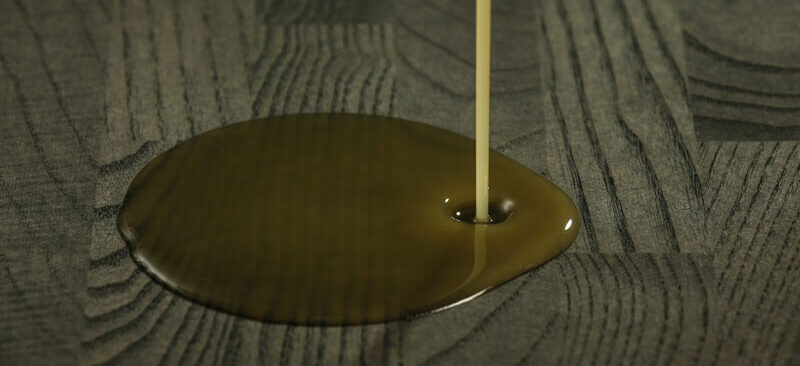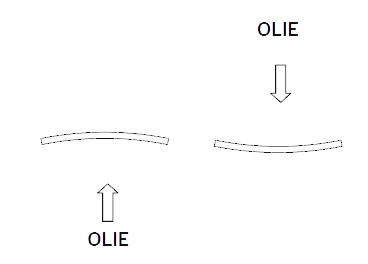Avoid curves and twists
Being a natural material, solid wood absorbs and releases moisture in response to changes in temperature, humidity and other external influences sush as seasons, storage location, steam from dishwasher, harsh heat, burning stove, pots, strong sunlight, newly cast floors, newly plastered walls etc.
In case the solid wood countertop is not sufficiently saturated with moisture in the form of oil, you may experience that the countertop either shrinks or expands which is seen as curvatures and twists.
Advice in the changing weather:
Depending on the species and dimensions, wood generally manages to adjust itself to its surroundings after a while. HORN recommends that you take account of fluctations in humidity, which in homes should be between 30-60%.
There is a relatively large difference in the level between the summer (60-65%) and the winter months (<40%), which is partly due to the fact that in the winter months we turn on heat from radiators, firplaces etc., which increases the risk of experience curvatures and twists.

What happens if…?
As a general rule the countertop expands at a humidity above 55% and contracts when the humidity is below 45%. If there is uneven moisture on the front and back, the countertop will curve. If the countertop is exposed to higher moisutre on the upper side than on the lower side, the plate will expand on the upper side and thus curve upwards – And vice versa if the upper side recieves less moisture than the lower side.
How to avoid curving and twisting?
Your HORN solid wood countertop has undergone one of the market’s most thorough oiling processes. The countertop is exposed to large temperature fluctations during transport, which require consideration – especially during reception and storage before installation. Upon arrival the countertop must always acclimitise for a minimum of 24 hours, horizontally in the packaging in the room where they are to be installed (applicable regulations for this will always be stated on the packaging of the countertop). The countertop must be seperated by joists between the floor and each board, and the room must have a humidity of the aforementioned 45-55% and a temperature of between 18 and 20 degrees. If the countertops are stored differently before installing the risk of curvature and twisting increases.



